I must start this edition with my Webmaster hat on and give a huge thank you to Dougal Entendre (AKA Mark Agate) for his work creating and setting up the new Petersfield Aero Modellers website. The original website was built by an employee of Steve Montague (Cyano Steve) whose company Symbios Group then hosted the site for us for several years at no cost even after Steve had sold his share of the business. The original website was heavily restricted in what I was able to change (so I couldn’t mess it up!) and if I had problems I had to contact Steve Montague and plead for his invaluable help.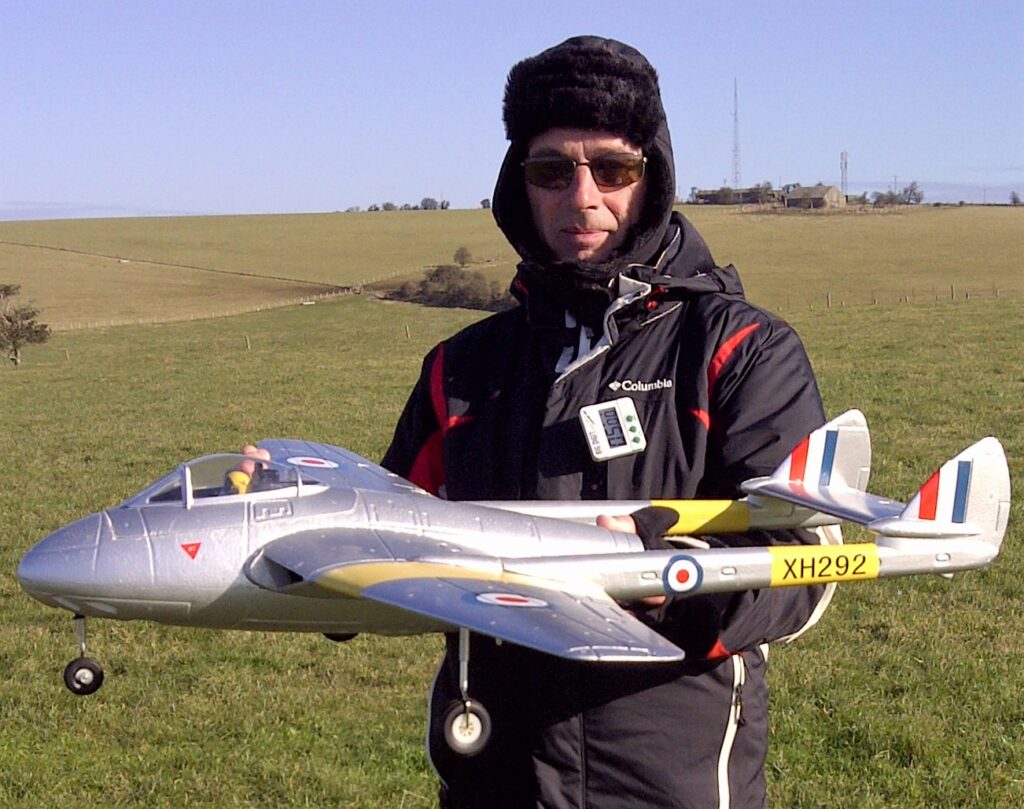
But eventually we were asked to move to another host and we looked at using the BMFA free hosting service but there were a few problems and, so we didn’t lose the website completely, Dougal sorted another host but of course that came with a monthly fee.
So Dougal started building a new website with a fresher updated look that we would understand better and the admins would be able to change more easily. Last month when I tried to post Patch News we had lots of problems and eventually Dougal sorted it by posting a link to the new site. During August BMFA came up with what we needed so Dougal has now switched the hosting over to them and the new website is completely live.
Right, on with the August flying news now. The new herd of young bullocks joined us at the end of July and at the start of August we had to resort to using an electric fence around the pits and flying with either some or all of the fence around the patch still up.
Landing inside the fence proved a bit of a challenge for some pilots, didn’t it Woody…!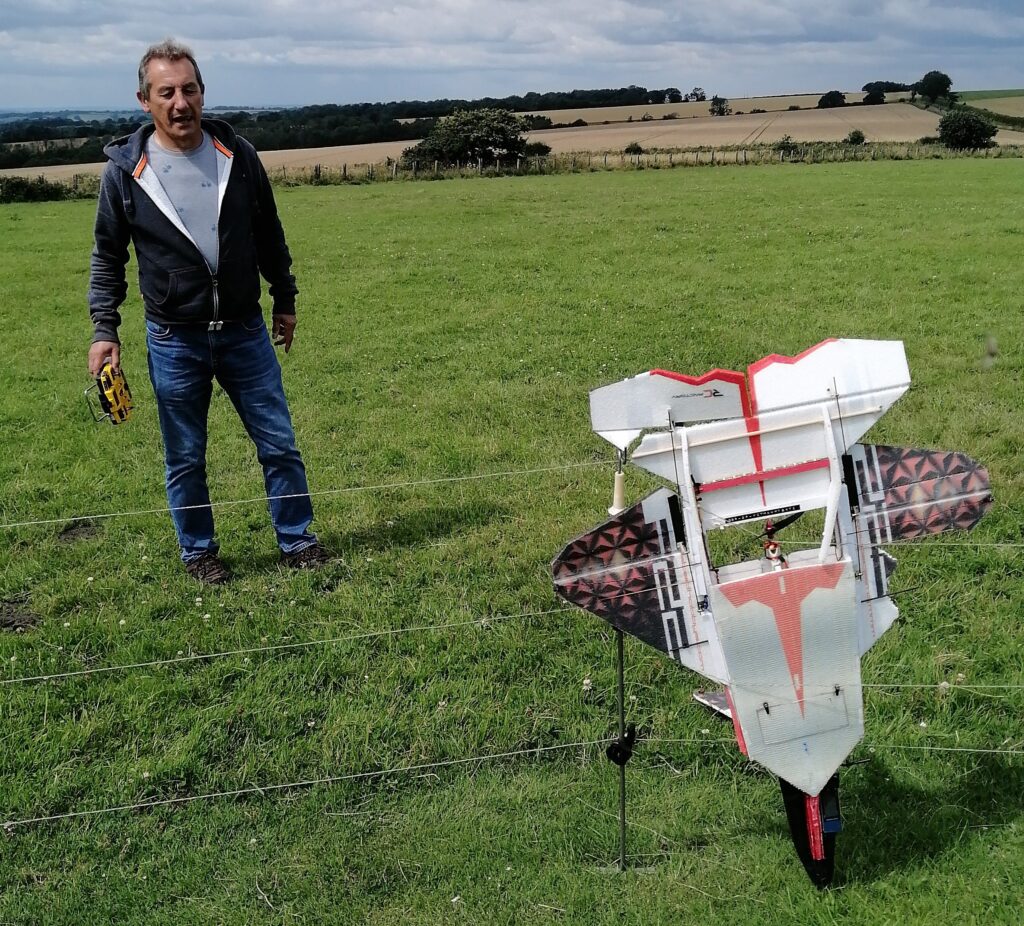
But the bullocks soon got bored with us and became less of a nuisance and they’ve now been moved to another field so we are trouble free at the moment. With the rubbish weather we had in August the grass was often wet when we mowed so we weren’t able to keep the patch grass quite as short as we would have liked but it stayed perfectly flyable.
Prolific builder Dwayne Pipe surprised us in August by turning up with a foamboard Sea Vixen. We’re used to the commercially available Sukhois, Migs etc. but not a Sea Vixen.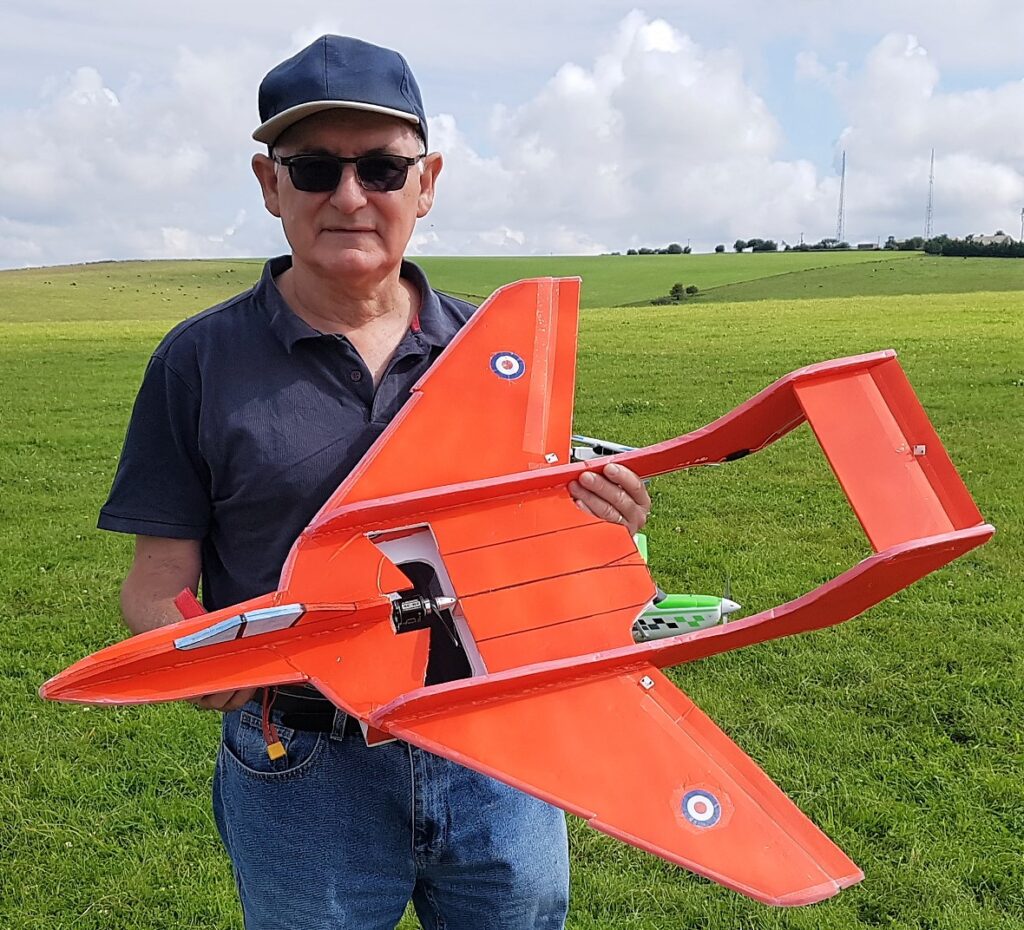
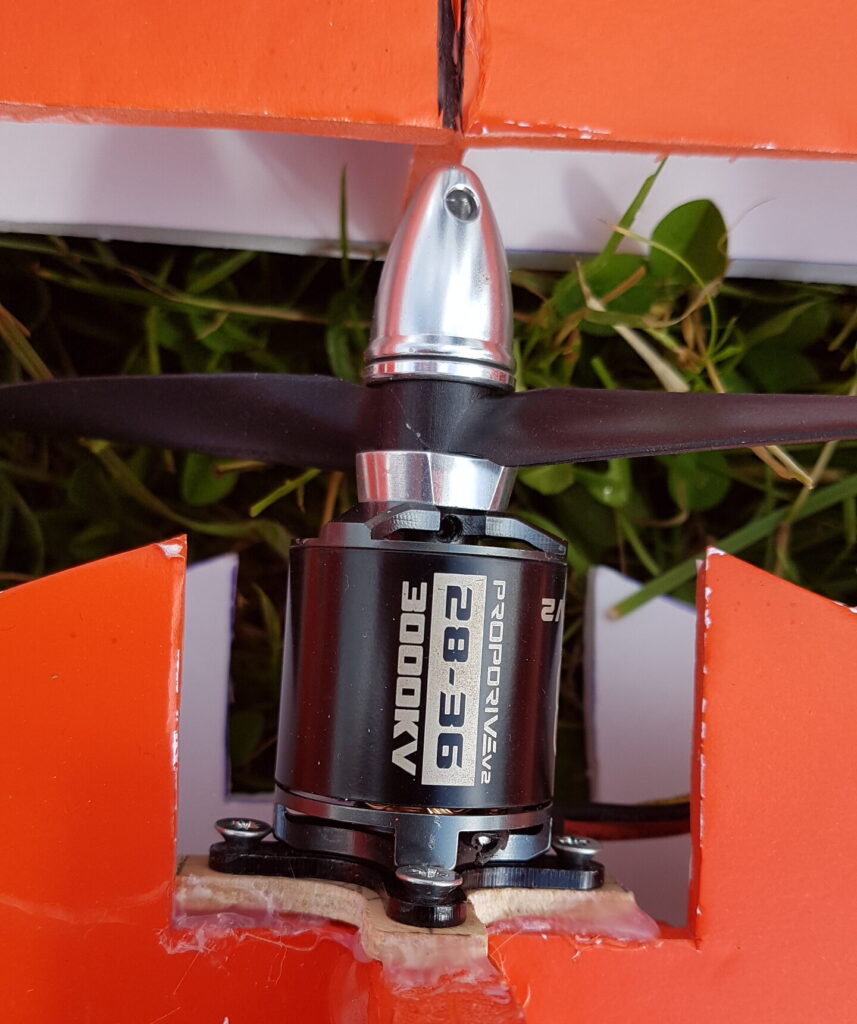
We were intrigued to see how the Sea Vixen would fly and were very pleased when it went away from the launch perfectly and flew extremely well. As you’ll see in this month’s video all went well until the landing when Dwayne discovered that we hadn’t lowered the fence! The model was undamaged other than a minor chunk out of the wing leading edge.
So spurred on by his success Dwayne set about building an improved Mark Two version.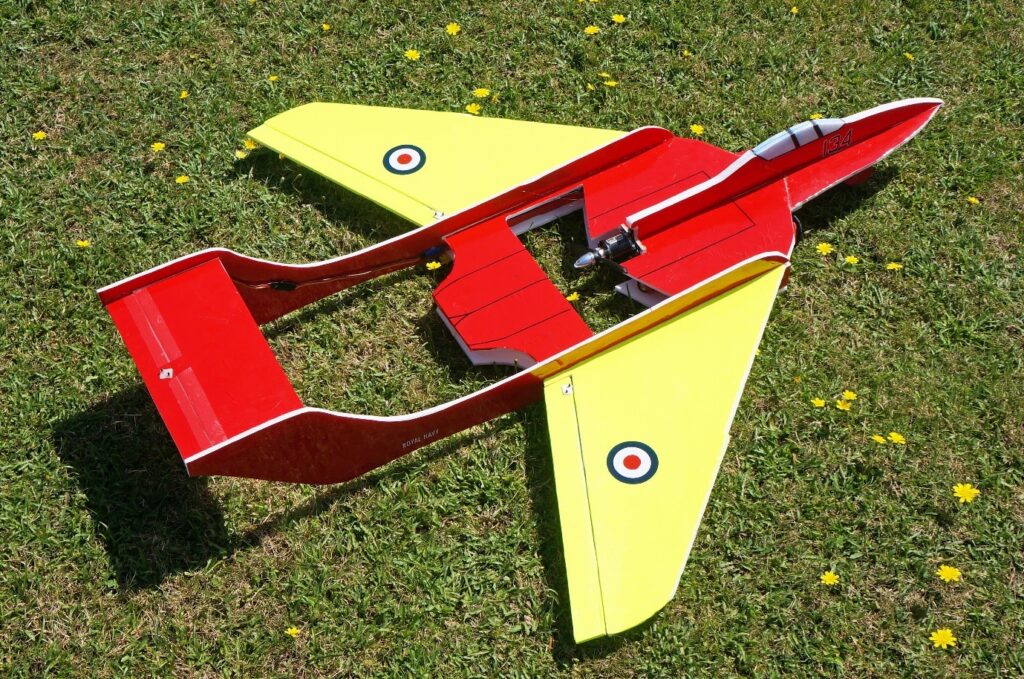
Dwayne designed the Sea Vixen using the same basic idea as the kit ones but sadly the foamboard the Chinese kit manufactures use doesn’t seem to be available to purchase here so he used Westboard foamboard from Hobbycraft. The Westboard foamboard comes with a paper covering which doesn’t like wet grass and it a tad heavy so the second model has had the paper removed. Dwayne has written an illustrated article about the build for possible magazine publication and if the article isn’t published I’ll put the whole thing on the website at a later date. If you fancy building one in the meantime speak nicely to Dwayne for the full article but here’s some of it: The complete design uses only 14 pieces of flat foamboard and can be made in a couple of days, even allowing for covering and glue drying. The design was transferred to the foamboard using my preferred method: photocopying the plans, cutting out the shapes and gluing them onto old cereal packets. Cutting them out carefully to produce templates that were used to draw round onto the foamboard. This is particularly useful as the templates can be manoeuvred to get the best use of the foamboard and minimise waste. The base pan is cut out in a single piece.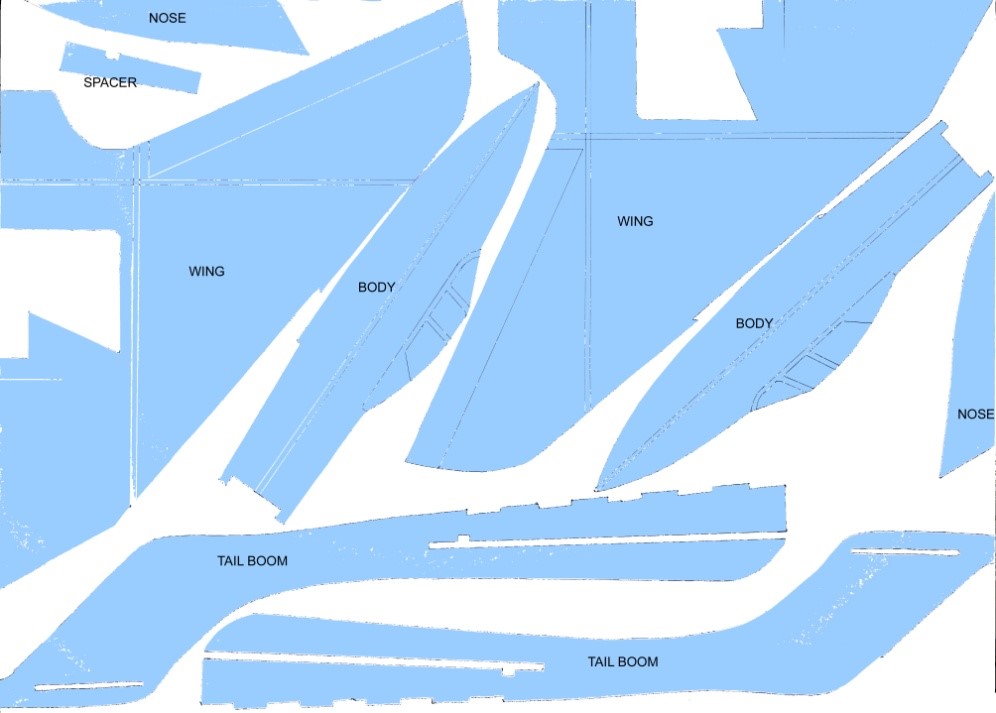
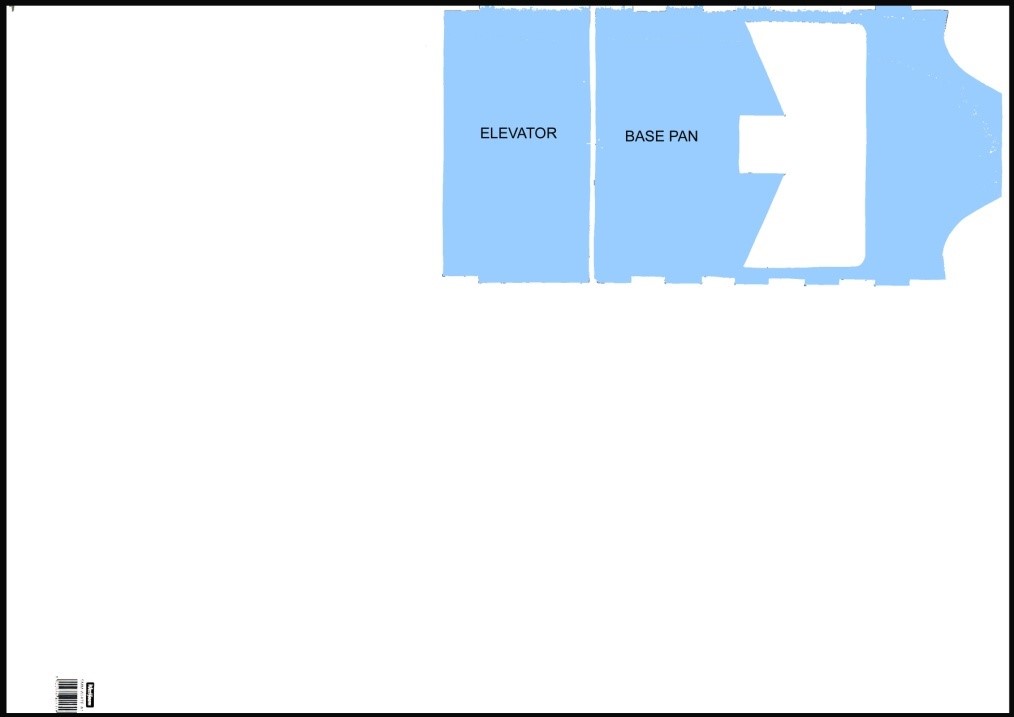 Cutting out the foamboard is easy if you use a sharp blade and a cutting mat. You will need to replace the blade frequently when the paper on the foam starts to tear. The disposable blades sold in pound shops are ideal as the edge is easily replaced. The pieces were cut-out as designed and were weighed at 200 grams. Then comes the clever bit.
Cutting out the foamboard is easy if you use a sharp blade and a cutting mat. You will need to replace the blade frequently when the paper on the foam starts to tear. The disposable blades sold in pound shops are ideal as the edge is easily replaced. The pieces were cut-out as designed and were weighed at 200 grams. Then comes the clever bit.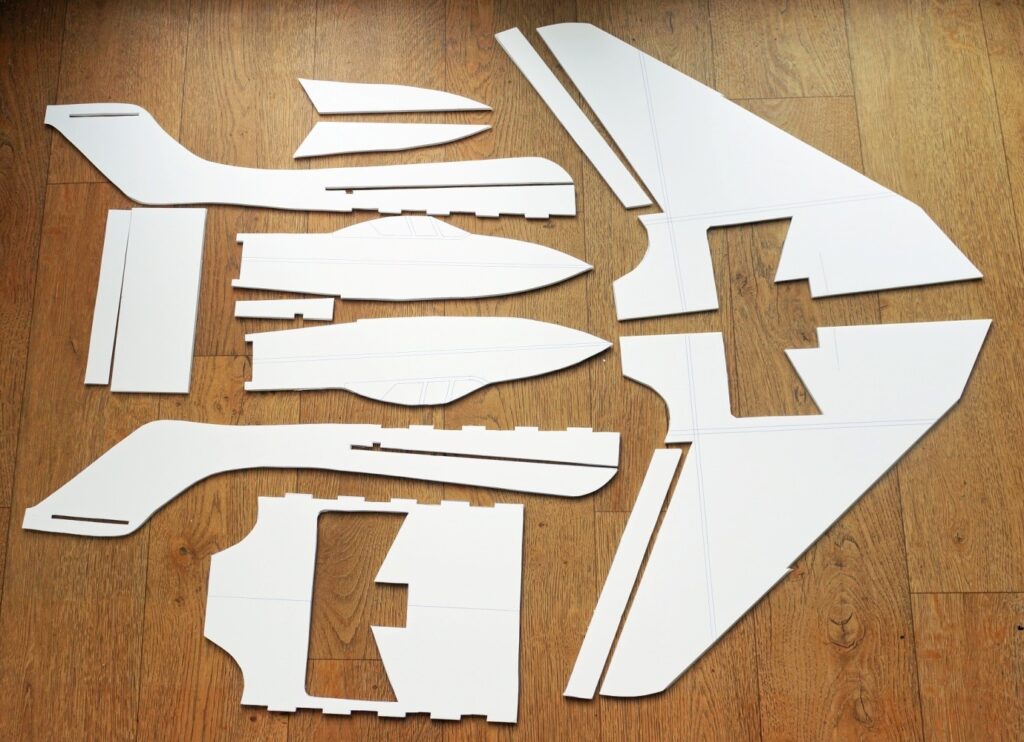 Take all your cut-outs and soak them in the bath just covering them in warm water. Within 5 minutes the paper floats off the foam. Carefully remove this and remove the foam leaving it to dry overnight supported on its edge as if it was wet paint. The foam will dry with a hard outer coating which readily takes paint or Solarfilm type coverings. With the paper removed the pieces halved in weight to 100 grams. It is important to leave the paper on before cutting out the parts. The paper takes pencil and ball point which the foam struggles with and the paper protects the foam from tearing. Thanks Dwayne, that’s really good, I just might be tempted to build one for myself.
Take all your cut-outs and soak them in the bath just covering them in warm water. Within 5 minutes the paper floats off the foam. Carefully remove this and remove the foam leaving it to dry overnight supported on its edge as if it was wet paint. The foam will dry with a hard outer coating which readily takes paint or Solarfilm type coverings. With the paper removed the pieces halved in weight to 100 grams. It is important to leave the paper on before cutting out the parts. The paper takes pencil and ball point which the foam struggles with and the paper protects the foam from tearing. Thanks Dwayne, that’s really good, I just might be tempted to build one for myself.
Last month I featured a Hyperion Edge that Dougal had purchased as a second-hand bargain but hadn’t yet flown. In August he flew it and that’s when things got interesting: The gentleman who sold me the plane said he had discharged the 3 lipo packs so they would be safe to transport. In fact he had discharged each of the 3s packs to 9V, which is much too low for a lipo (3V per cell!). I knew from experience that you can be lucky and recover packs from this state, so I gave each a storage charge back up to 3.8V per cell and hoped for the best. When I fully charged the packs, one had a cell which clearly hadn’t recovered and wouldn’t balance, but the other two packs were fine.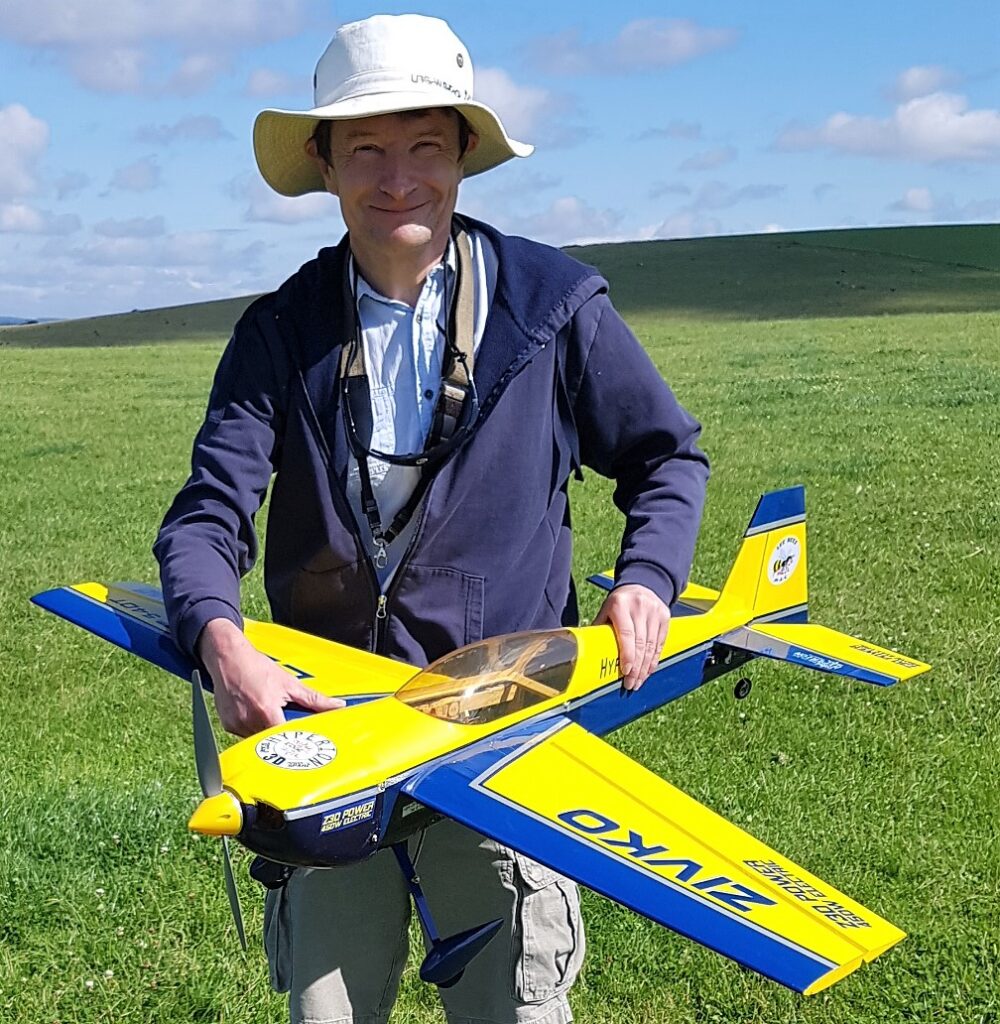
The plane was supplied with a Spektrum AR6210 receiver plus satellite. I bound my Radiomaster transmitter to it, and all seemed well. The first flight started well, and the plane had plenty of power, so I pulled a few aerobatics. During a roll there was a definite hesitation, as if there was a sudden loss of control, but it recovered immediately. I tried another roll and had another loss of control, so landed straight away, after just a minute of airtime. Ground checks showed that we got periodic lock-outs. I tried disconnecting the satellite receiver but the problem persisted, so I took it home and replaced the Spektrum receiver with a Devo RX1002, which gave no such problems. Not the first time I’ve had trouble with Spektrum gear.
From the start of the next flight it was clear that there was some kind of motor problem. It took off OK but the motor sounded like a 2-stroke running too rich, so I landed. Suspecting a battery problem I tried the other pack, but got the same symptoms. I took it home once again, and swapped the ESC.
For its third flying session, everything was finally sorted and I got some decent aerobatic performance. However, my misgivings about the strength of the tail (mentioned in the last Patch News) proved correct when, while going straight and level, there was an audible crack and the plane twitched in pitch. Fortunately I got it down safely, but the left hand half of the tail had cracked at the joint with the fuselage, and was only held on by the covering!
The Edge is now hanging from the garage roof while I ponder how to make a replacement tail. Although the price of the airframe with all electrics and batteries was a bargain, the experience has reminded me that there’s a cost of ownership with any model. So far it’s given me more grief than the three minutes of airtime was worth.
It’s just lucky that you’ve got nothing else to do now that you have retired Dougal!
Page Boy caused lots of hilarity (sorry, that should say ‘got lots of sympathy’) when he failed to secure the battery in his Hurricane. Needless to say halfway through the flight the battery slid rearwards which did nothing to improve centre of gravity and made the model pretty much unflyable. The ‘heavy landing’ that followed soon after broke the nose clean off but fortunately there was no other damage. Page Boy has since repaired the fuselage and sprayed it in grey primer but decided to test fly it before finishing the paintwork.
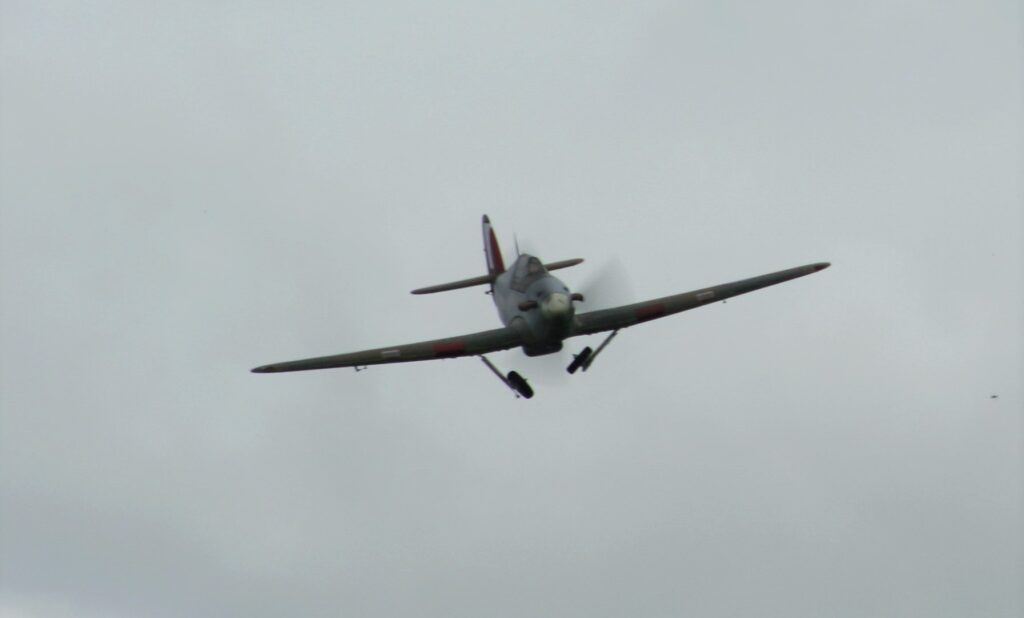
Happily all went well and the Hurricane flies beautifully (when the battery is restrained!) so now he will finish the paint. Rumour has it that it might re-emerge as a Sea Hurricane.
Page Boy also sent through some photos of Richard Osborn’s very nice new Pitts Special.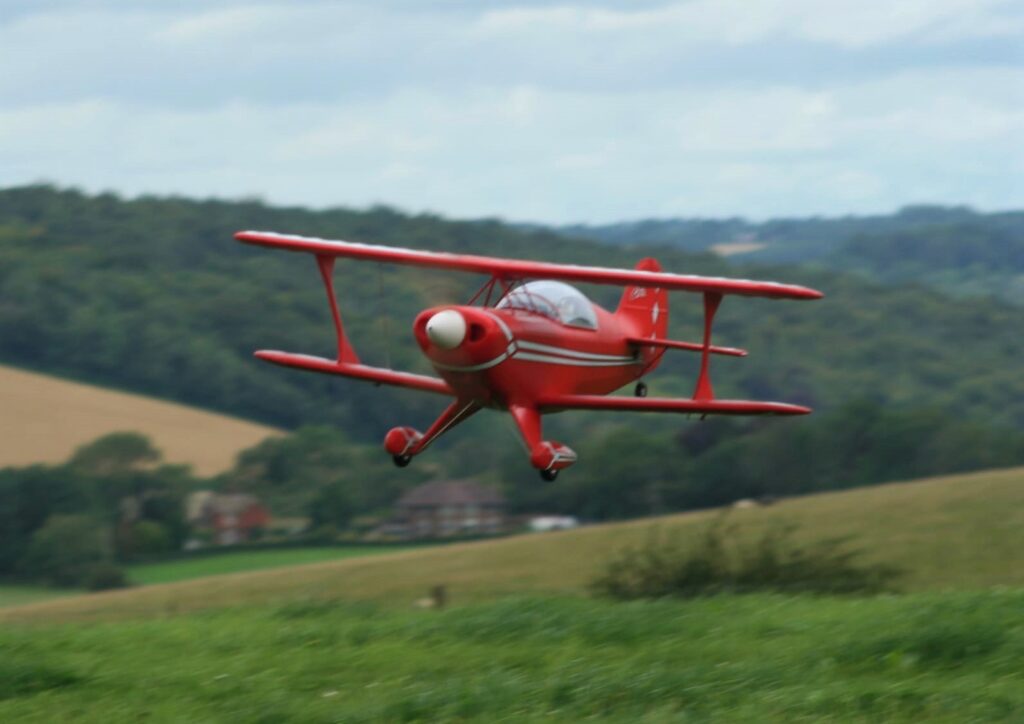 It’s an FMS model, this is from their website: The Pitts Special is a light aerobatic biplane designed by Curtis Pitts. It has accumulated many competitions wins since its first flight in 1944. The Pitts biplanes dominated world aerobatic competition in the 1960s and 1970s and, even today, remain a potent competition aircraft in the lower categories.
It’s an FMS model, this is from their website: The Pitts Special is a light aerobatic biplane designed by Curtis Pitts. It has accumulated many competitions wins since its first flight in 1944. The Pitts biplanes dominated world aerobatic competition in the 1960s and 1970s and, even today, remain a potent competition aircraft in the lower categories.
Built upon the successful V1 Pitts biplane, FMS is proud to announce the brand-new Pitts V2. Redesigned with a massive 1400mm wingspan, the Pitts V2 is constructed of lightweight and robust EPO foam material. Proprietary connector plugs built into the wing structure means that the wings can be attached to and detached from the fuselage using just a few screws. The slide-fit wing struts are just as simple, slide them on in just a few seconds and the wing is securely braced! An oversized battery bay accommodates most 6S packs with ease giving the pilot ample power to attempt all aerobatic manoeuvres. Hobbywing 50A ESC provides bulletproof performance!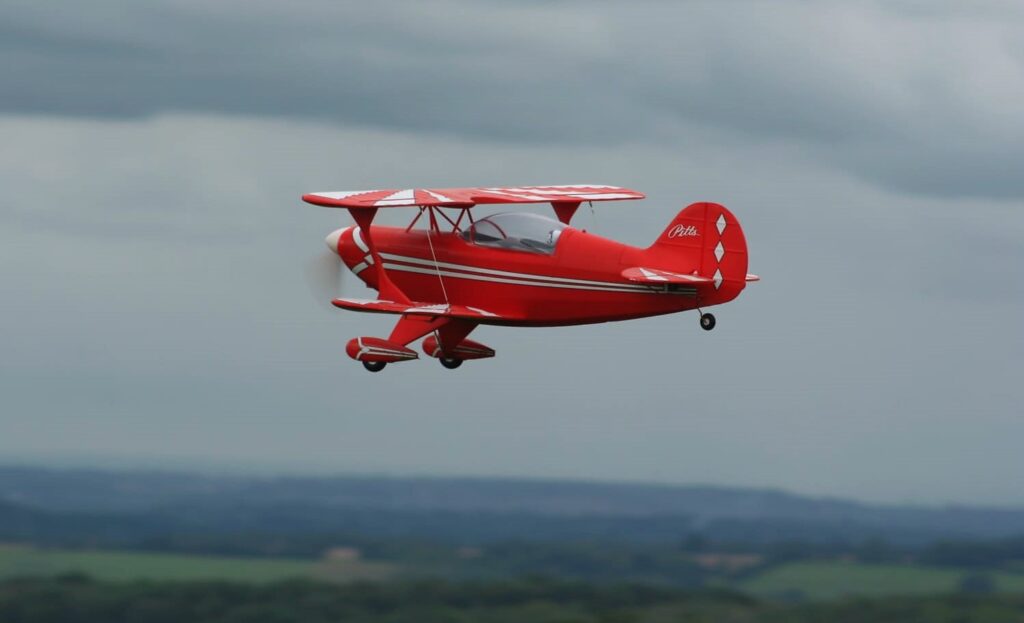
Richard very sensibly asked Page Boy to do the test flight for him and Page Boy says it flies amazingly well, absolutely rock solid, and lands beautifully. It’s comes ready fitted with a gyro so no doubt that helps a lot. I assume the excellent photos were taken by Richard’s daughter, good stuff. By the way, did I mention that I’ve had an aerobatic flight in a Pitts?
Kryten brought along his new Max Thrust Riot to fly at one of our midweek sessions but every time the throttle was opened to take-off the prop adaptor came off the motor shaft.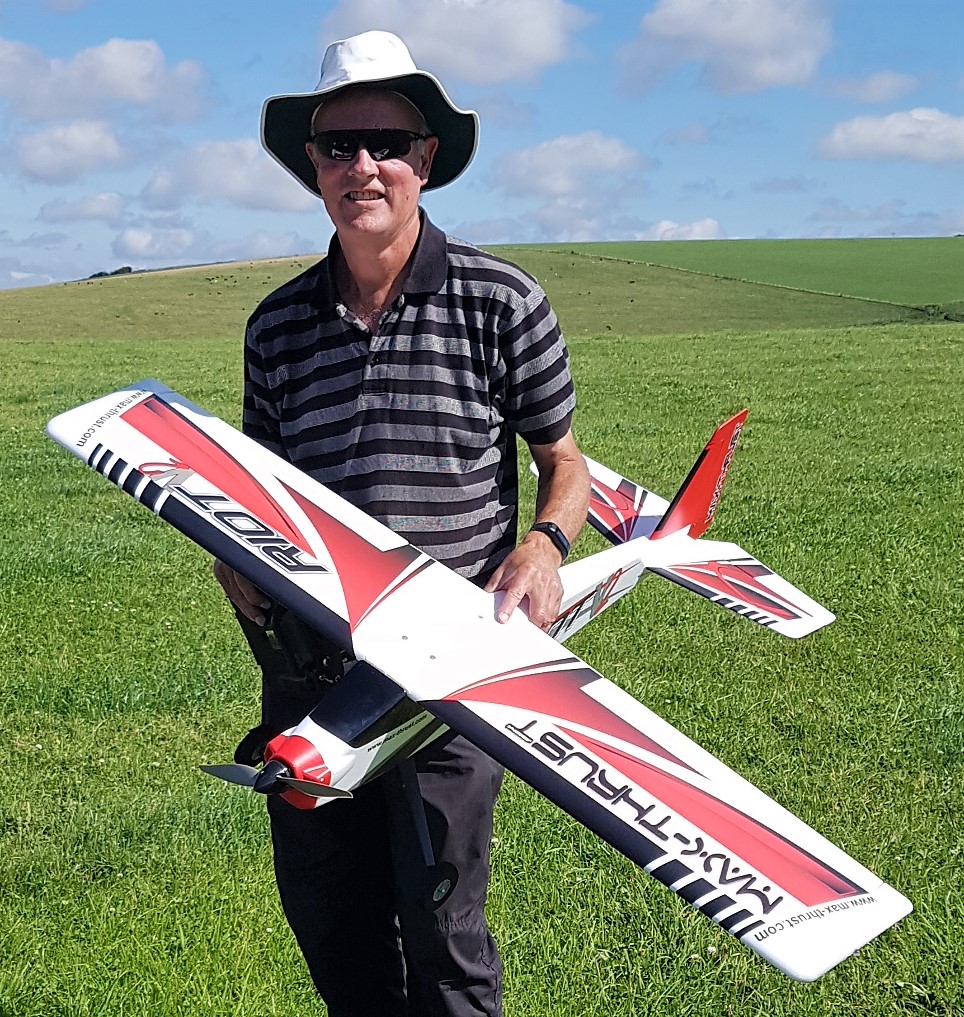
After several attempts at tightening it failed Kryten decided to take it home and sort it out properly. Never mind, it lives to fly another day, next time out it will be perfect…hopefully.
Basher Bob has put together a Sonicmodell Binary that he wants to use as a camera plane. It’s the same as the one that Dougal flies FPV but Basher won’t be trying FPV with his.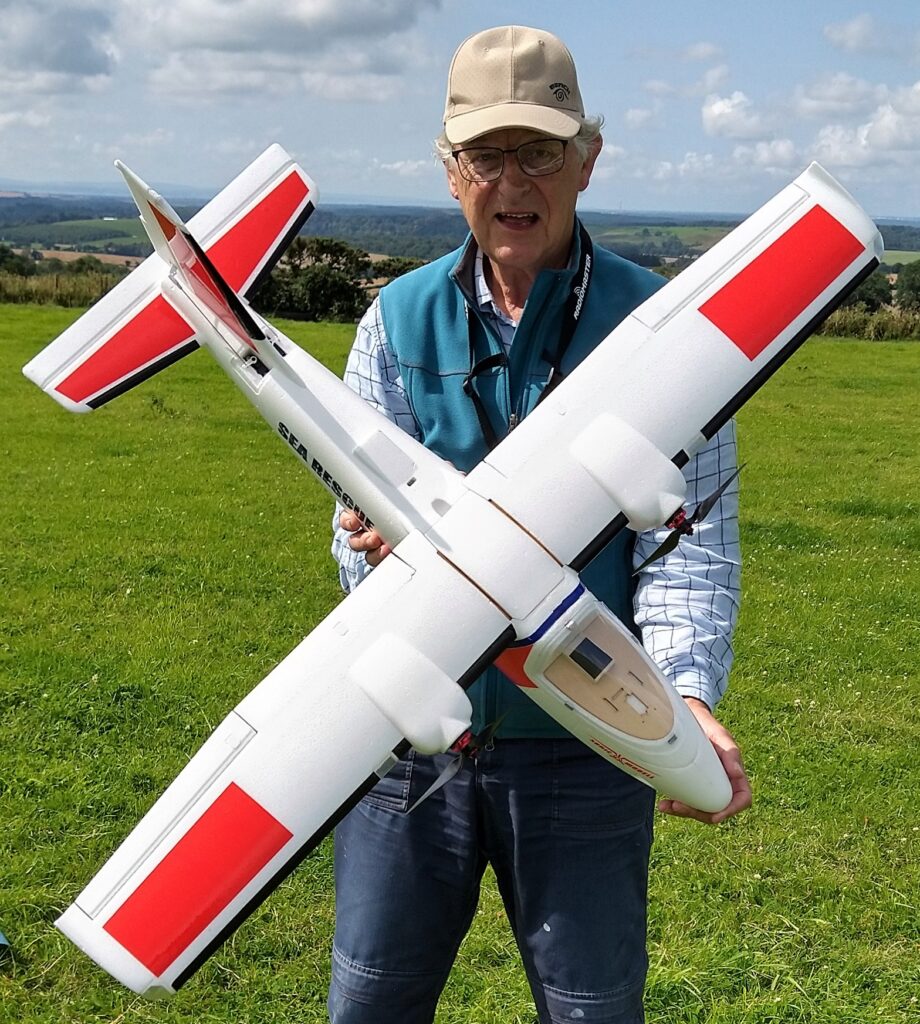
He says that having watched a few YouTube videos of the Binary tip-stalling and read comments about the small wing area he decided to keep his as light as possible so hasn’t bothered with the undercarriage or lights and has fitted the smallest battery he could.
As a result the Binary weighs a little under 3lbs with a 2200mAh 4 cell lipo battery.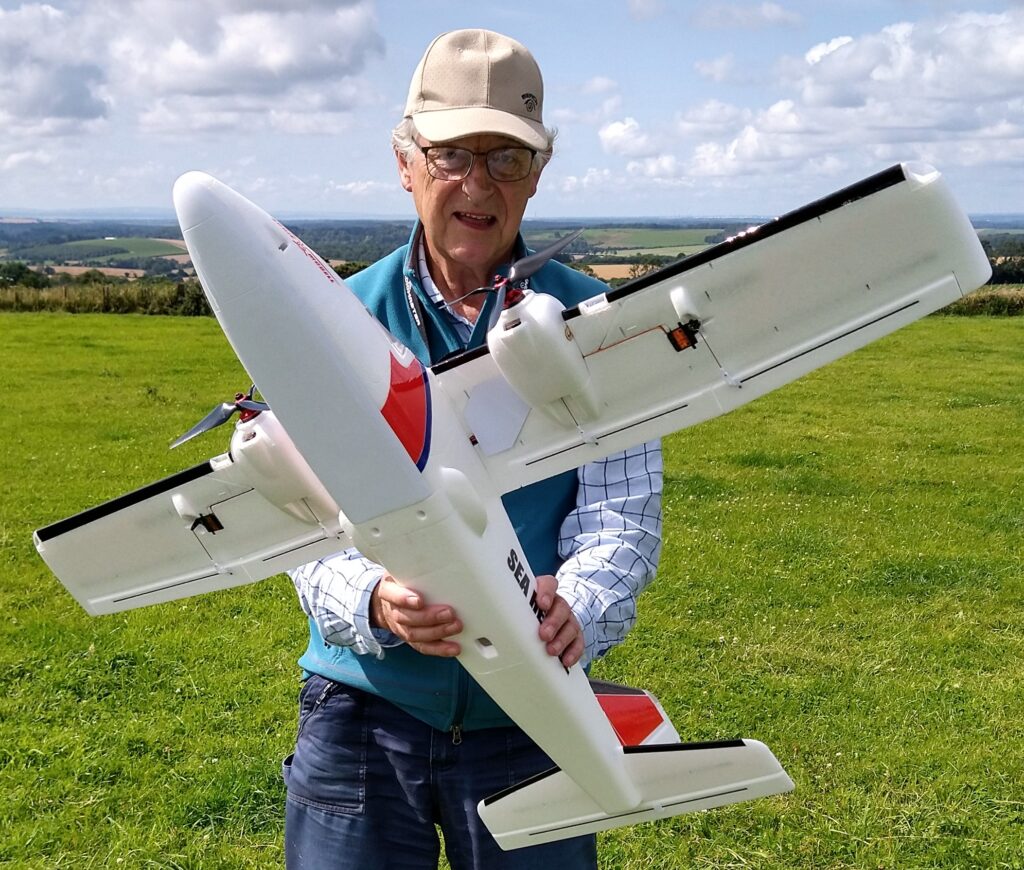
As it turns out he needn’t have worried as it doesn’t seem to tip-stall anyway and it is now flying well on a 3300mAh 4 cell battery which gives him flight times of around ten minutes. He has fitted it with Banggood Race Star 2216 1100kv motors and the 11g servos from his old HobbyKing Walrus. He is using a Runcam 2 video camera and promises to provide some video for us to watch in next month’s Patch News.
Norwegian Nick is a great builder and can always be relied upon to turn up with something new and interesting and in August it was this very nice little RFB Fantrainer: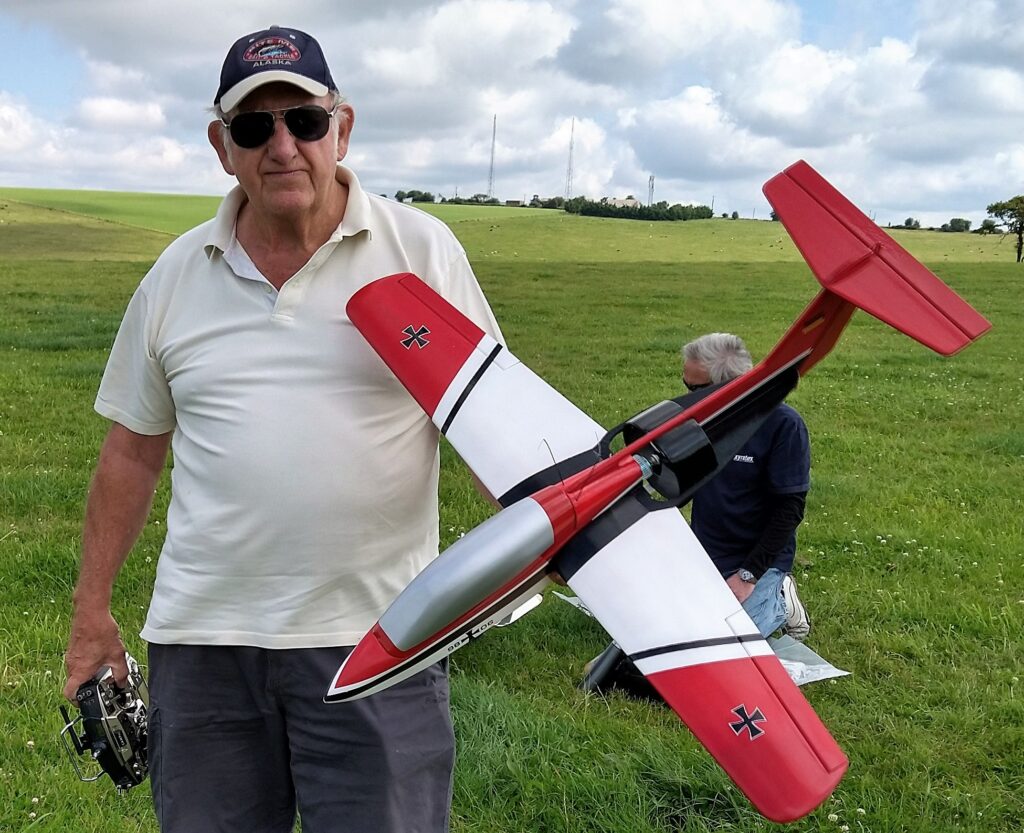
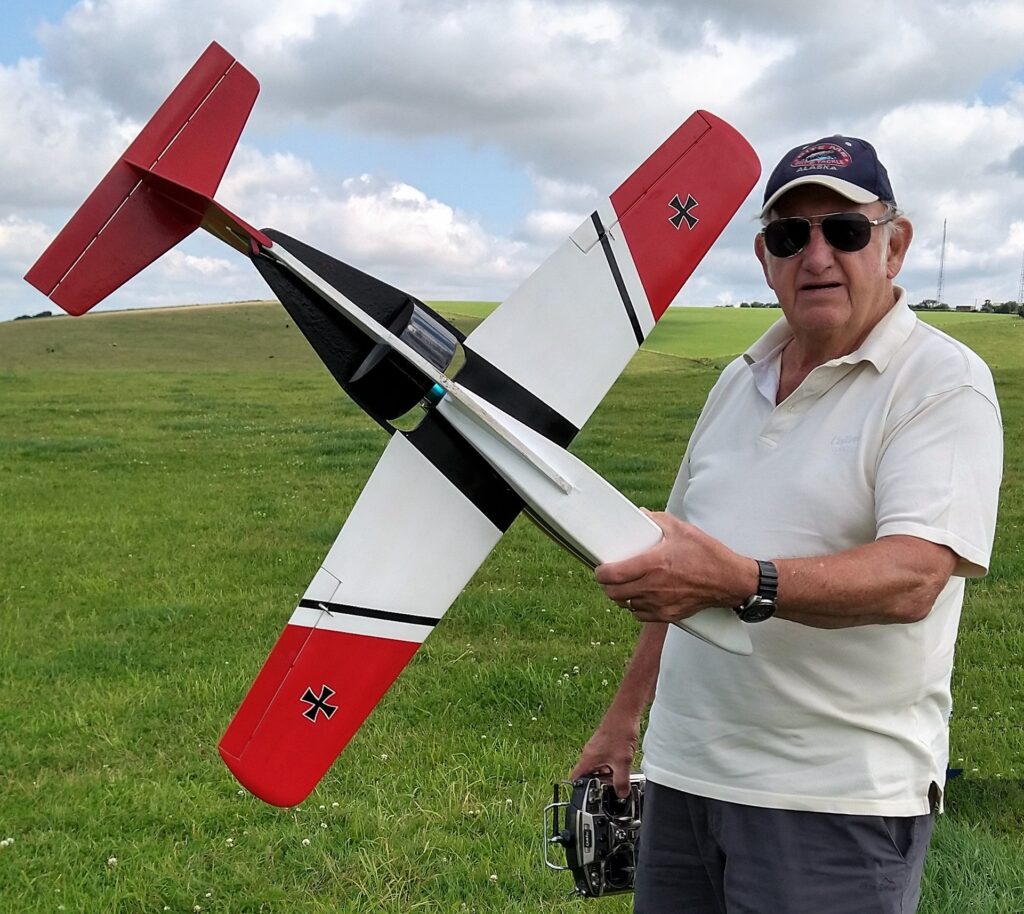
The full-size RFB Fantrainer is a two-seat training aircraft which uses a mid-mounted ducted fan propulsion system. Developed and built by German aircraft company Rhein-Flugzeugbau GmbH (RFB), it has been used by the Luftwaffe and Royal Thai Air Force.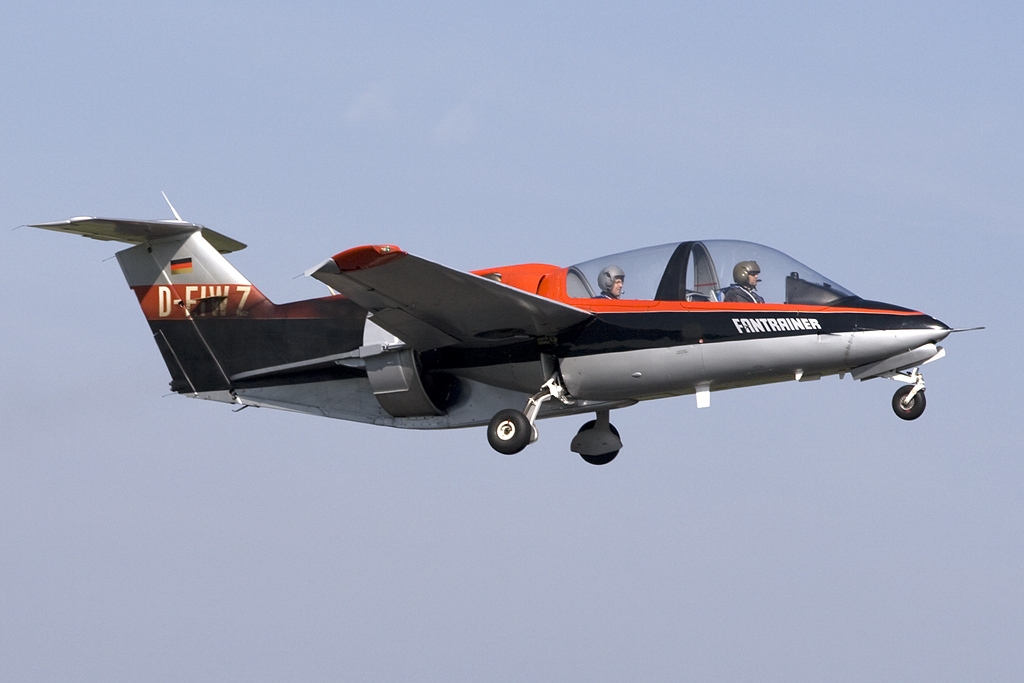
Nick built his Fantrainer with balsa he bought from the late Gentleman Jim’s stocks. The motor is an Overlander BM 400 2845/09 2100kv inrunner linked to a 40 amp esc. It uses a Cox 3 bladed pusher prop 5 x 3.5 which Nick has cut down to 4 x 5.062. He’s covered the model in tissue and the finished weight is just 27oz complete with a 2200mAh 3 cell lipo. 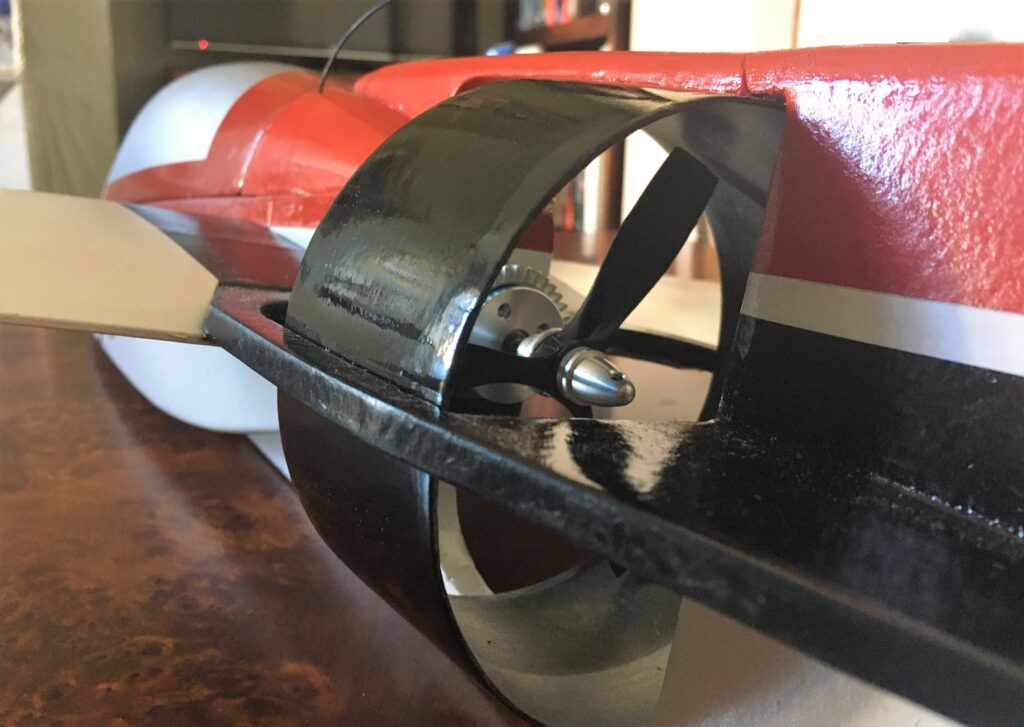
Nick says: It flew on rails straight from the launch with no trimming needed. However after a couple of circuits I noticed that the sound seemed to be changing or slowing down. Thought battery might be going down so turned to land and it tip-stalled into the ground. When picking up the bits I noticed the prop had departed from the drive shaft on the motor and was laying about 5 feet from the fuselage. Picked it up to see if it would go back onto the motor and it went back on with hardly any effort. The prop nut was really tight so I’m assuming that the prop adapter had a 3.5 mm hole and the motor drive shaft being 3 mm it was loose. When checked back at home found that was the case. Unfortunately the starboard wing broke off and some side part at the back of the fuselage had been chewed up by the prop. I think it’s fixable but I’ll put it on to the back burner and try and finish other projects.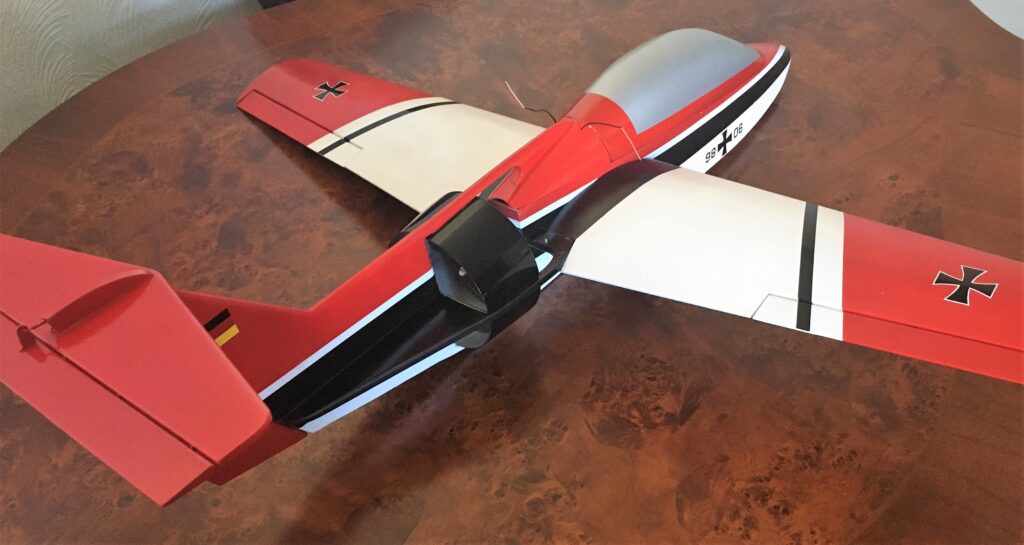
Nick’s Fantrainer looks great on the ground and in the video you’ll see that it also flew very well, let’s hope he gets it repaired soon so we can see it back up in the air where it belongs.
Dougal managed to pick up a Max Thrust Aggressor on eBay for an excellent price.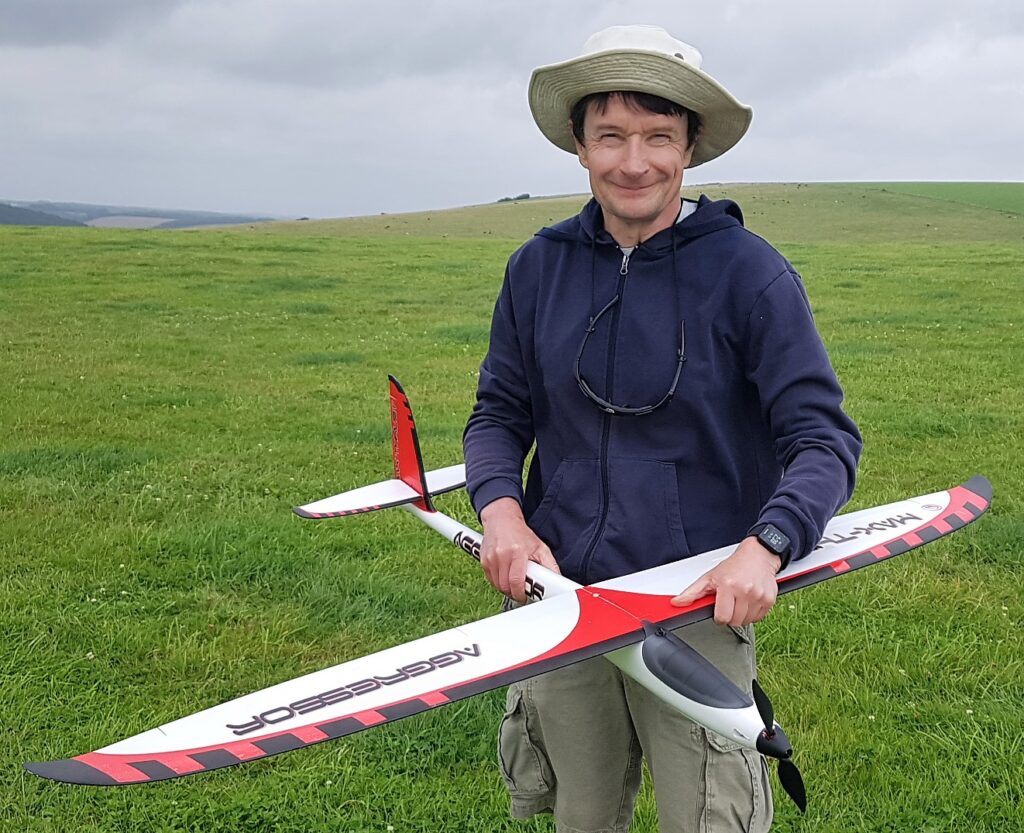
Although it was second-hand it was brand new in the box so Dougal had to spend about half an hour putting it together. It goes very well on the stock set-up, plenty of power, fast and fully aerobatic but it will also thermal soar pretty well, a great all-rounder in fact.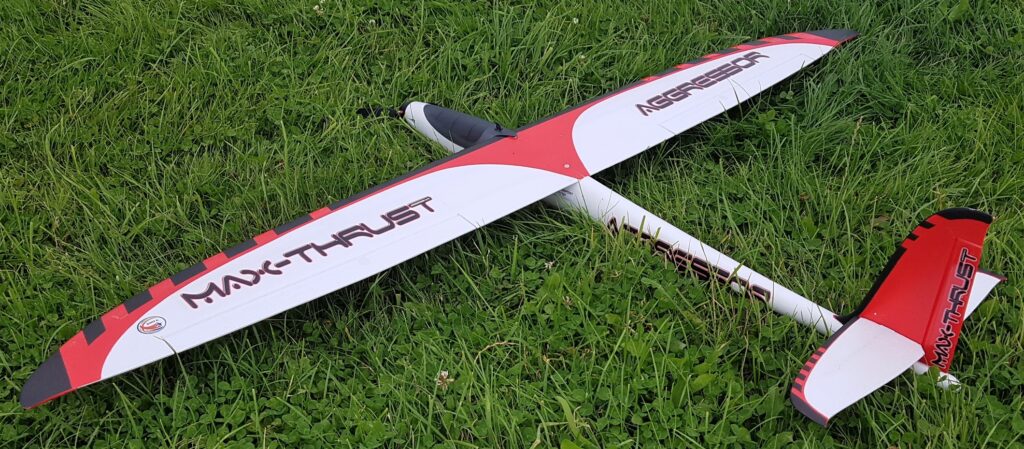
Unfortunately after several flights Dougal managed to crash it, he was getting a little too adventurous and it failed to recover from a spin. The nose end was quite badly damaged but nothing that can’t be repaired so no doubt it will soon be flying again.
Following on from Catapult King’s success with his tiny P-51 Mustang Ian Daniels has bought the F4U Corsair version. He bought it from Banggood for a little over £70 and it arrived from China in just over a week with no extra tax or import duties slapped on.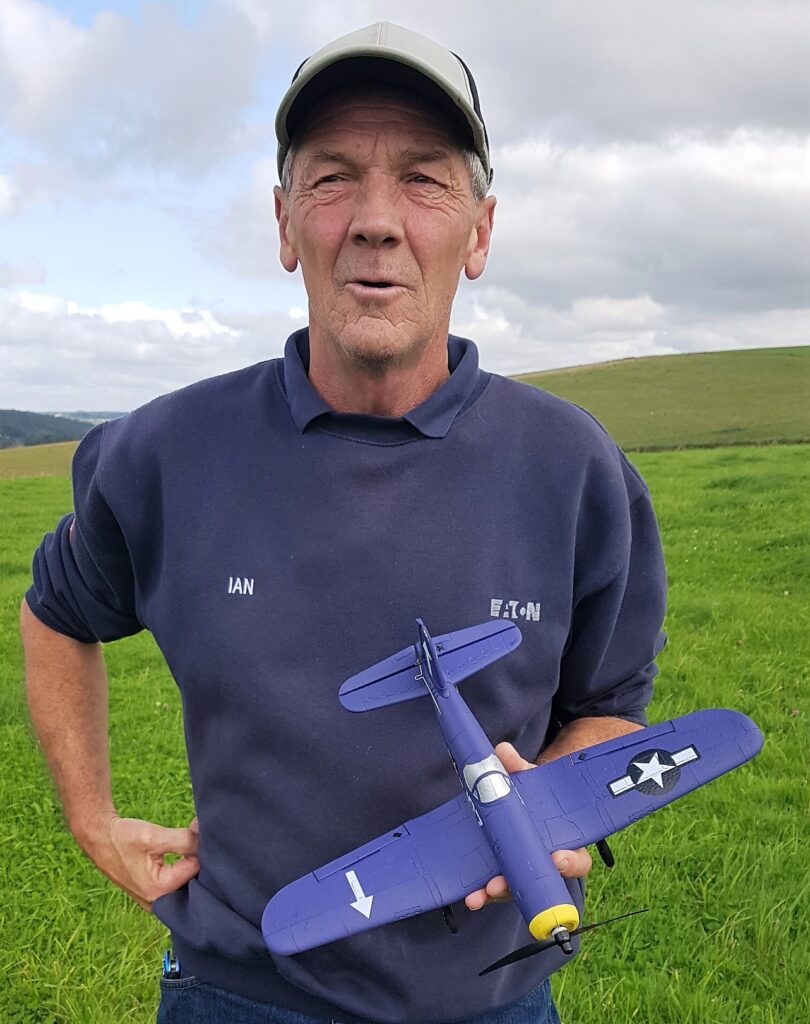
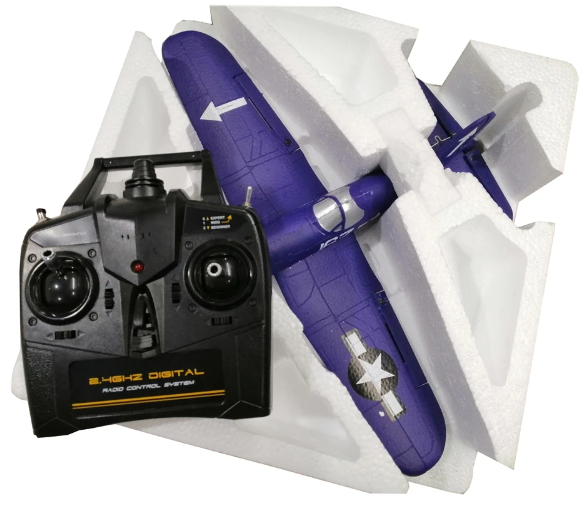
The Corsair comes complete with a transmitter and two single cell lipos that are recharged from any USB socket. It has a three stage gyro with beginner, intermediate, and expert modes and also an aerobatic button which will enable it to roll or loop safely in any mode.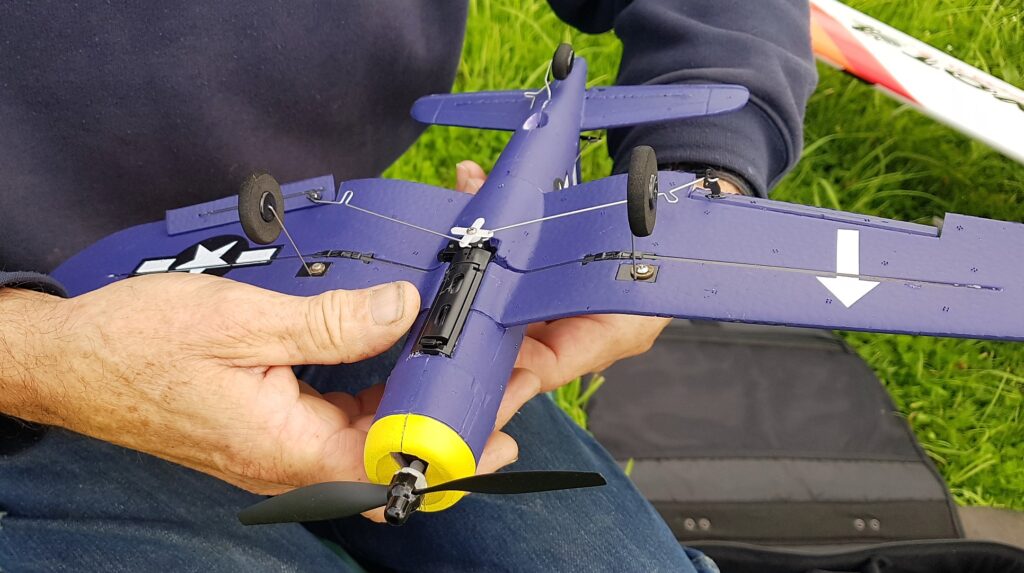
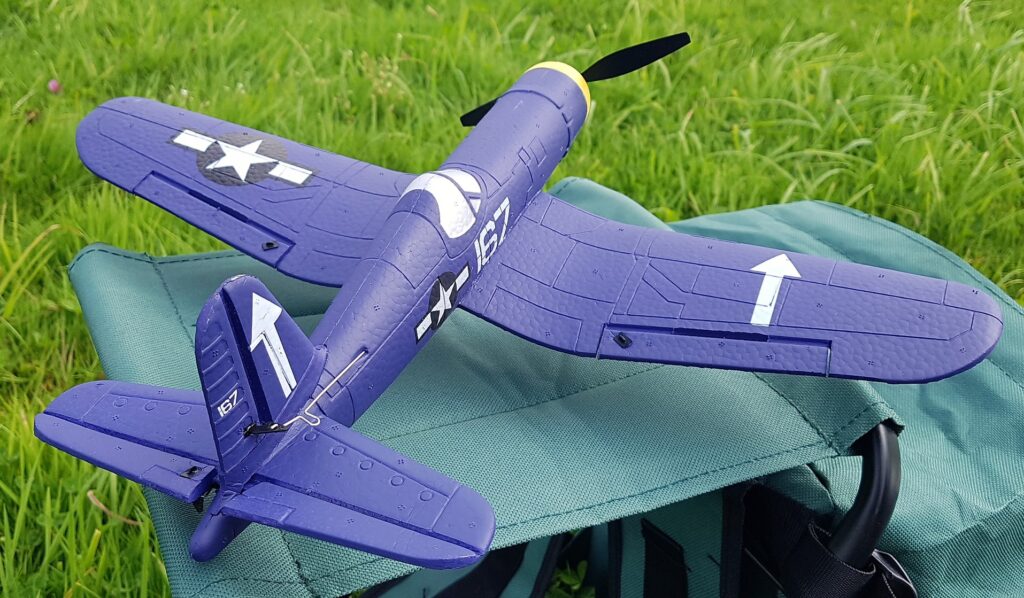 I did the start of the test flight but I needn’t have bothered, with the gyro in beginner mode it simply flew away perfectly and I quickly handed it over to Ian who had no problems at all. It was a fairly windy day but the Corsair handled it easily and Ian flew the rest of flight and then landed it safely back on the patch. As you can see in the video these tiny models really are brilliant little things and I’m sorely tempted…
I did the start of the test flight but I needn’t have bothered, with the gyro in beginner mode it simply flew away perfectly and I quickly handed it over to Ian who had no problems at all. It was a fairly windy day but the Corsair handled it easily and Ian flew the rest of flight and then landed it safely back on the patch. As you can see in the video these tiny models really are brilliant little things and I’m sorely tempted…
When Kryten came to fly his Riot he snapped some more great flying shots for us to enjoy: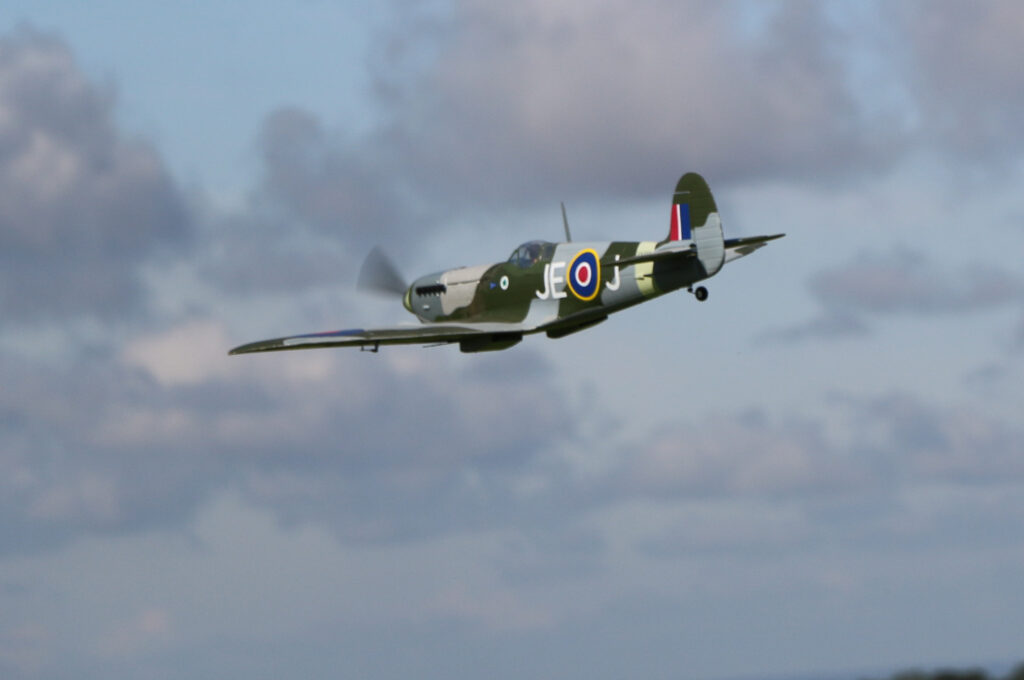
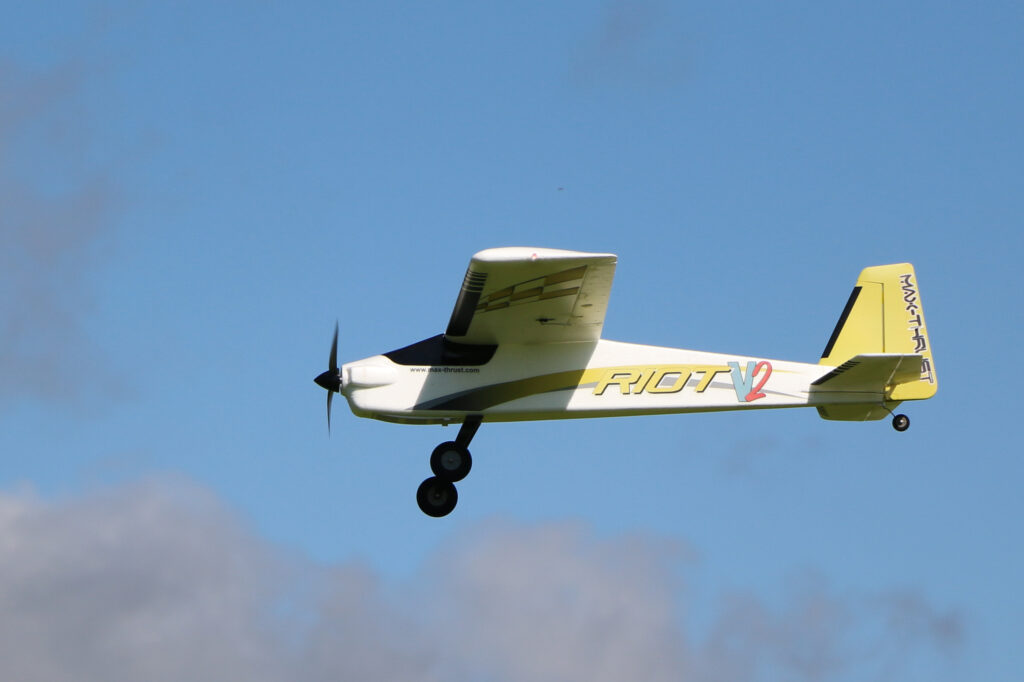
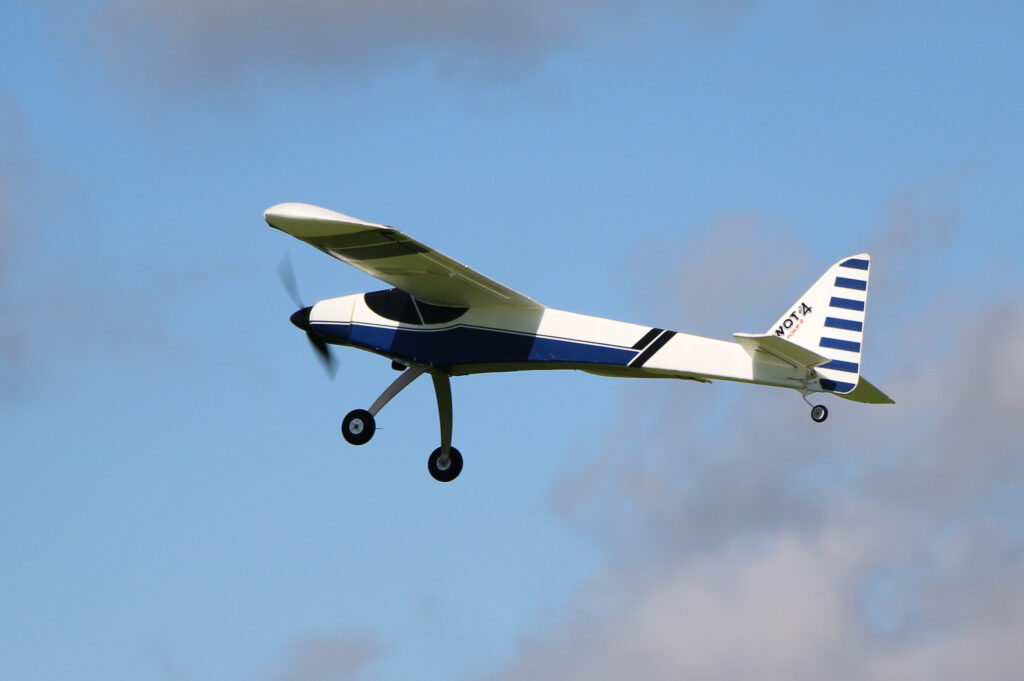
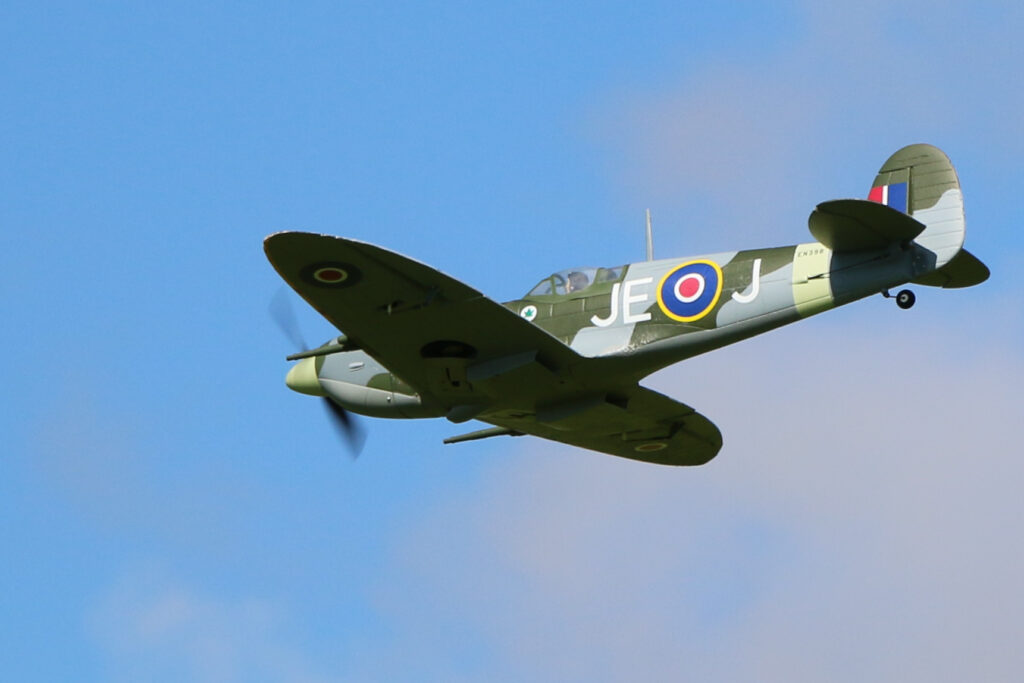
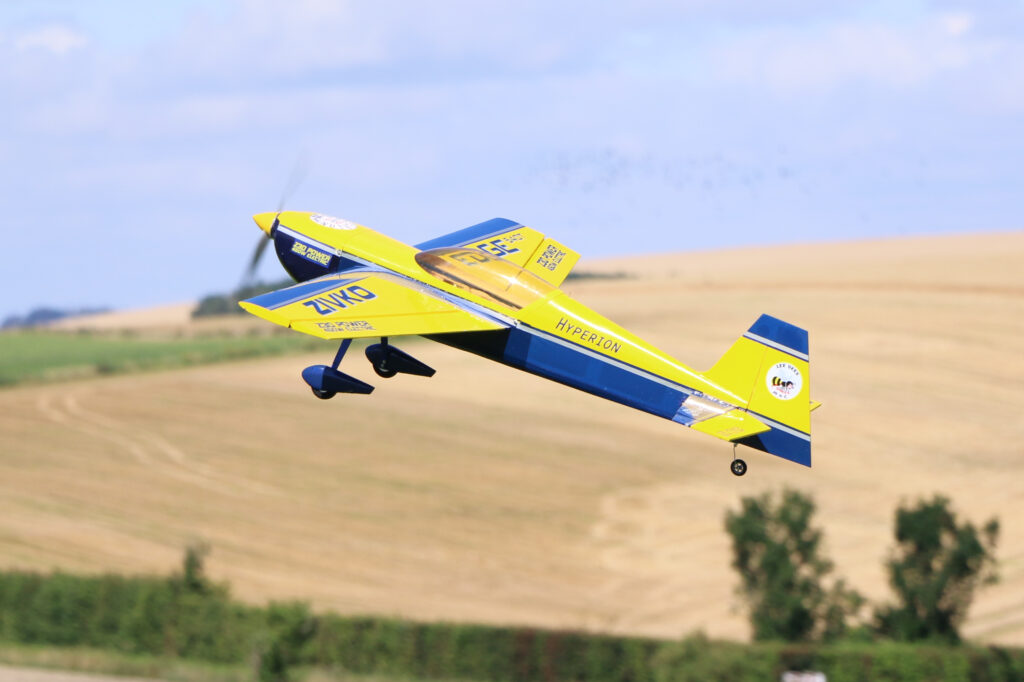
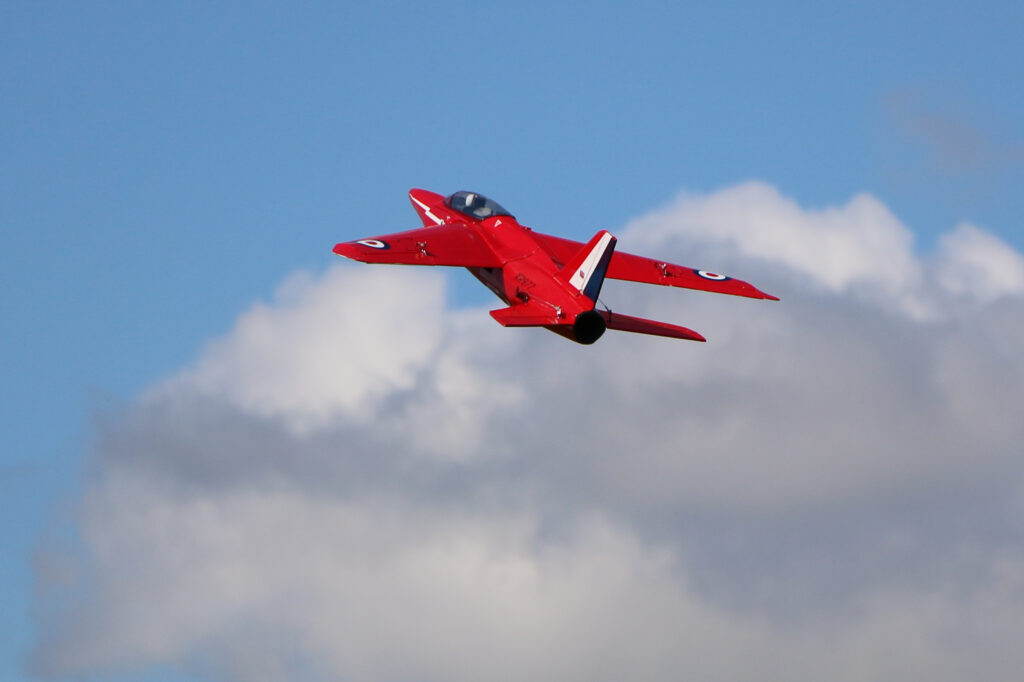
Video time now which this month includes footage shot by me, Dougal, and Captain Slow. Please watch the video full-screen, it’s so much better with small models flying around.
If the video won’t play for you please click HERE
What has eight wheels and flies?
A bin lorry…
Colin Cowplain


Another good one Colin and Dougal
Well done Colin on another excellent read..
Some brilliant pictures !!!
Ref to your flight in the pitts I think if I remember you showed us that video in a meeting one evening looks to have been fantastic..
Richard brought the pitts second hand. The previous owner binned the gyro. He said it didn’t need one.. he was right!!!
Great catch Colin! Of course I always hold my nose when those foamboard jets are around.
Mind you, Dwayne’s Sea Vixen is rather impressive, so maybe I should stop being quite so rude about them.